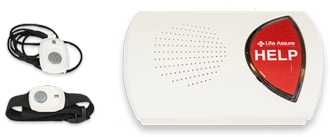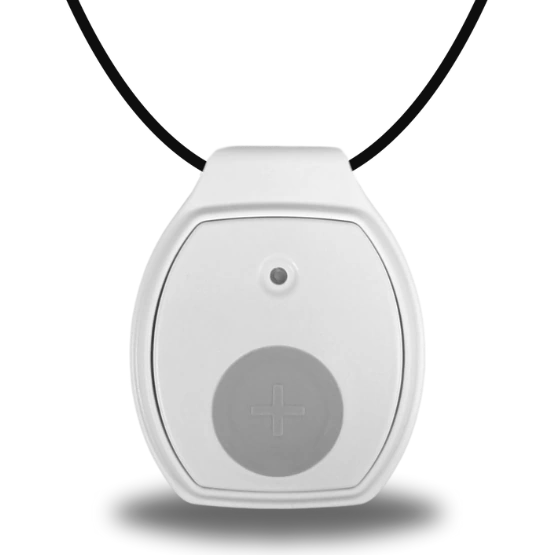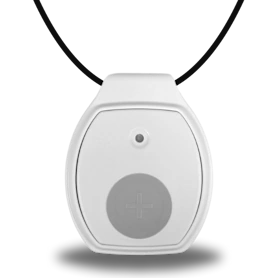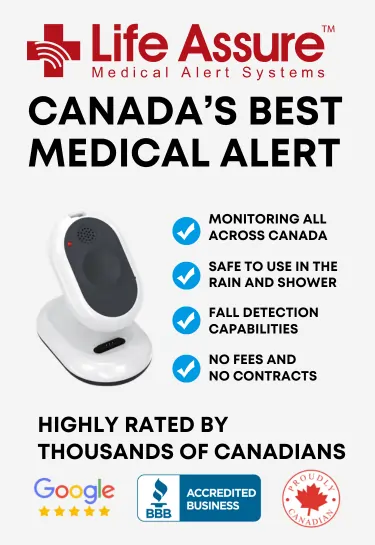Financial and Lifestyle Planning Tips Before Retiring from Work
Our Key Takeaway
Preparing for retirement in Canada means planning both your finances and lifestyle early. Review CPP, OAS, RRSP, and TFSA options to optimize income and reduce taxes. Pay off debts, build an emergency fund, and explore part-time work for flexibility. Strengthen social connections, review health coverage, and test your future home before committing. Thoughtful planning ensures financial stability, comfort, and a fulfilling retirement.
Do you wonder how money and daily life shift after retirement? Income may drop, routines may shift, and friendships may feel different. Housing, travel, and health needs may change choices and daily comfort.
These shifts altogether affect your feelings, change the use of your time, and affect how you enjoy your days. However, the impact can shrink when you plan with care. Thoughtful steps keep cash steady and lifestyle simple, safe, and joyful.
Follow proper financial and lifestyle planning to manage change with confidence. So, before retiring from work, read this blog to know the most important tips for a happy, stress-free post-retirement life.
Life Assure Product Quiz
Take our 30 second quiz and discover which Life Assure medical alert device is the right fit for you or a loved ones.
Life Assure Product Quiz
Take our 30 second quiz and discover which Life Assure medical alert device is the right fit for you or a loved ones.
Financial Tips to Follow Before Retirement

The following are some of the most important financial tips to review before you stop working.
Check your CPP and OAS Benefits
Start by mapping out your CPP and OAS. You need a clear picture. CPP depends on the years worked and how much you were paid. OAS depends on how long you have lived in Canada.
Well, there are choices that change the payment. You can start early, or wait. Waiting can increase the monthly amount, which helps long-term. Starting early gives cash sooner, which helps if savings feel tight.
Also, look at the OAS clawback rules. Higher income can reduce OAS later in life. A smart plan can keep income under that line each year.
Think about survivor benefits and inflation protection. CPP adjusts for inflation, which matters over long retirements. OAS does too, though amounts and timing can differ.
Invest in RRSP and TFSA plans
RRSP and TFSA do different jobs, but both help you. RRSP gives tax breaks today and taxes later in retirement. TFSA gives no break today, but tax-free growth forever.
However, how much to put where depends on your tax bracket. Higher income often favors RRSP while working full-time. Lower-income years might lean more toward TFSA contributions.
Keep an eye on your RRSP room and TFSA room. Overcontributions bring penalties, which you really do not want. Your CRA My Account shows the exact room and history. Make a habit of checking it every January.
Plan the RRSP-to-RRIF switch by age limits. You must convert by the end of the year you turn 71. After that, minimum withdrawals begin and create taxable income.
Share income with your spouse to lower taxes
Households can lower taxes by sharing income. Canada gives tools for this, which is actually good. Pension income splitting can reduce overall tax bills.
You can elect to split eligible pension income at tax time. RRIF withdrawals after a certain age can often qualify. CPP has a form of sharing, too, with conditions. Read the forms, double-check, and keep copies for records.
Spousal RRSPs are another path. One spouse contributes to the other’s RRSP. Later withdrawals may be taxed at the lower rate.
Timing matters due to attribution rules, so plan ahead. This can help balance incomes in later years. Balanced incomes often mean less total tax paid. And lower tax means your savings last longer.
Manage and pay off debts
Debt feels heavy in retirement. It pulls cash from your monthly budget. Clear high-interest debt first, like credit cards. If rates are high, consider a low-rate consolidation loan.
Look at your mortgage and renewal schedule. Enter retirement with a plan to reduce that payment. You might downsize or extend, depending on cash flow.
Downsizing can cut bills and free up equity. On the other hand, staying put keeps life simple. There is no single right answer here, only tradeoffs.
Build a small emergency fund, even of two or three months. Retirements have surprises, like car repairs or new glasses. A cash buffer keeps credit cards off the table. Keep this fund in a high-interest savings account. Top it up after big expenses.
Lifestyle Tips to Consider Before Retirement

The following are some of the key everyday habits and choices to plan for a smoother retirement.
Consider part-time work
Part-time work can smooth the jump from full-time. It keeps skills sharp and cash flowing a bit. You stay active, meet people, and feel needed.
Pick hours that fit the life you want. Seasonal work can fund your travel or hobbies without stress. Freelance gigs also offer control and variety, which feels good.
Consider the impact on benefits and taxes. A little income might raise your marginal rate. It can also affect OAS if income climbs too high. So, plan your schedule with those numbers in mind.
Build a social circle and stay connected
Retirement changes daily rhythm and social ties. Work friends fade if you do not reach out. Make plans, simple ones, like coffee every Tuesday.
Join a walking group in your neighborhood. Community centers also have classes and clubs for aged adults. Library events are friendly and low-cost, which helps. Faith groups and local charities welcome new hands. Helping others lifts your mood and builds bonds.
Keep a small list of people you see weekly. Another list for monthly lunches or phone calls. Tiny habits keep friendships alive.
Share photos, recipes, and weekend ideas for fun. If mobility is an issue, bring visits home. A card game or short movie night works fine.
Check healthcare needs and coverage
Review your provincial health coverage before leaving work. Learn what is covered and what is not. Medications, dental, and vision often need extra plans.
Look at individual or group retiree plans in Canada. Compare premiums, deductibles, and drug formularies carefully. Ask for a list of covered medications and supplies.
Build a personal health file, simple and tidy. Include your doctors, meds, allergies, and history. Keep copies of test results if possible.
Test your retirement home and location
Before you commit, test the living plan. Spend a few weeks in your target town. Walk the streets morning and evening.
Try the grocery, pharmacy, and transit routes. Meet neighbors and ask about winters and roads. Check noise, safety, and cell service at night. Visit at least two seasons, if you can.
Match the home to your daily habits. A well-fitted home saves money and stress.
Budget the full cost of living there. Include property tax, utilities, and insurance. Add travel costs to see family and friends. Look at medical services and wait times nearby.
Finally, create a move plan with milestones. Sort and donate before packing, not after. Label boxes by room and priority. Keep important papers and medicines in one bag. Book help early for heavy lifting. A careful test and move make retirement feel right.
Final Thoughts
When retiring from work in Canada, it can feel big, but your path can stay clear with these financial moves and daily life changes.
Small steps, taken early, make your savings and lifestyle work together. So, close your laptop, breathe, and start planning the retirement life you want.












 Get Help With The Push Of
A Button
Get Help With The Push Of
A Button















